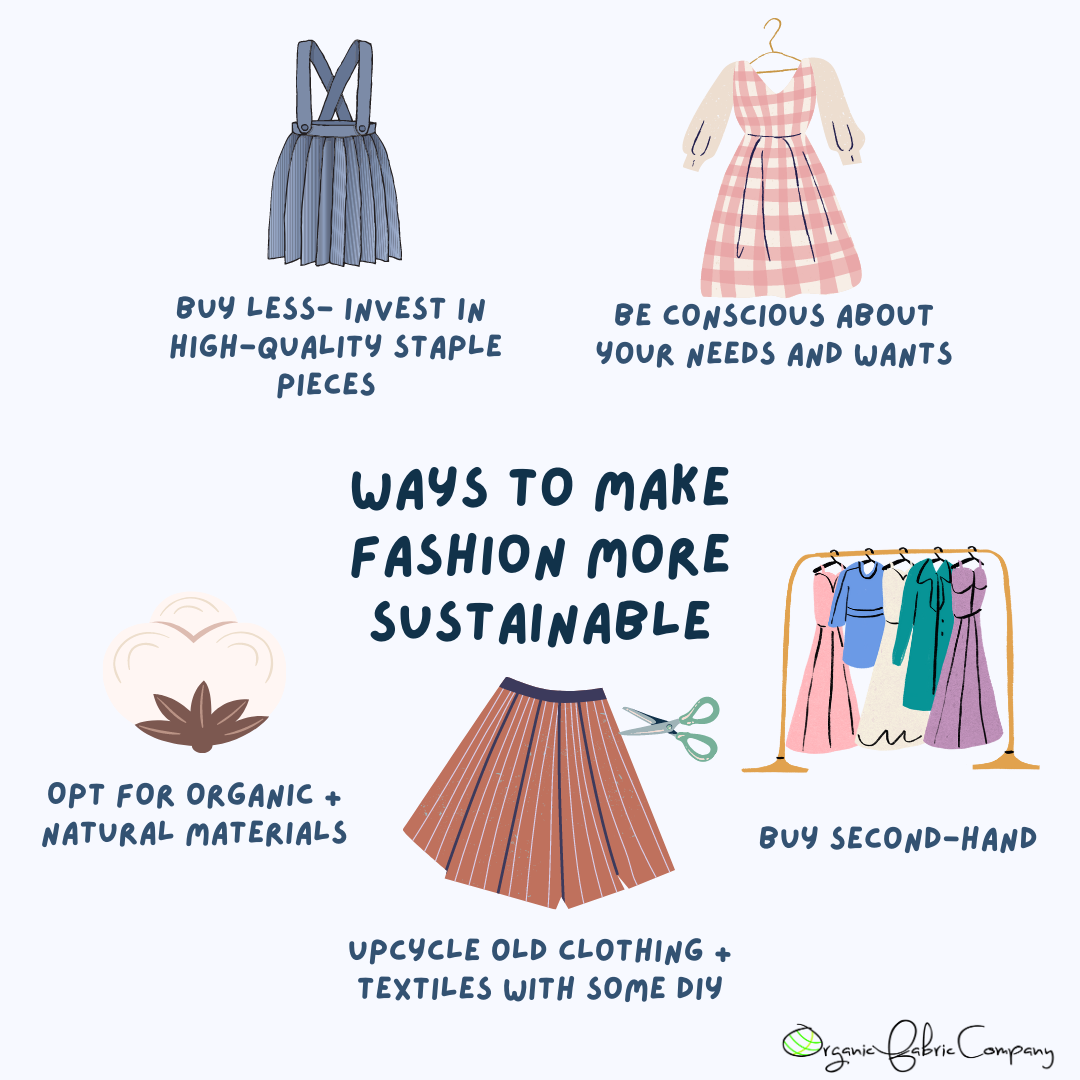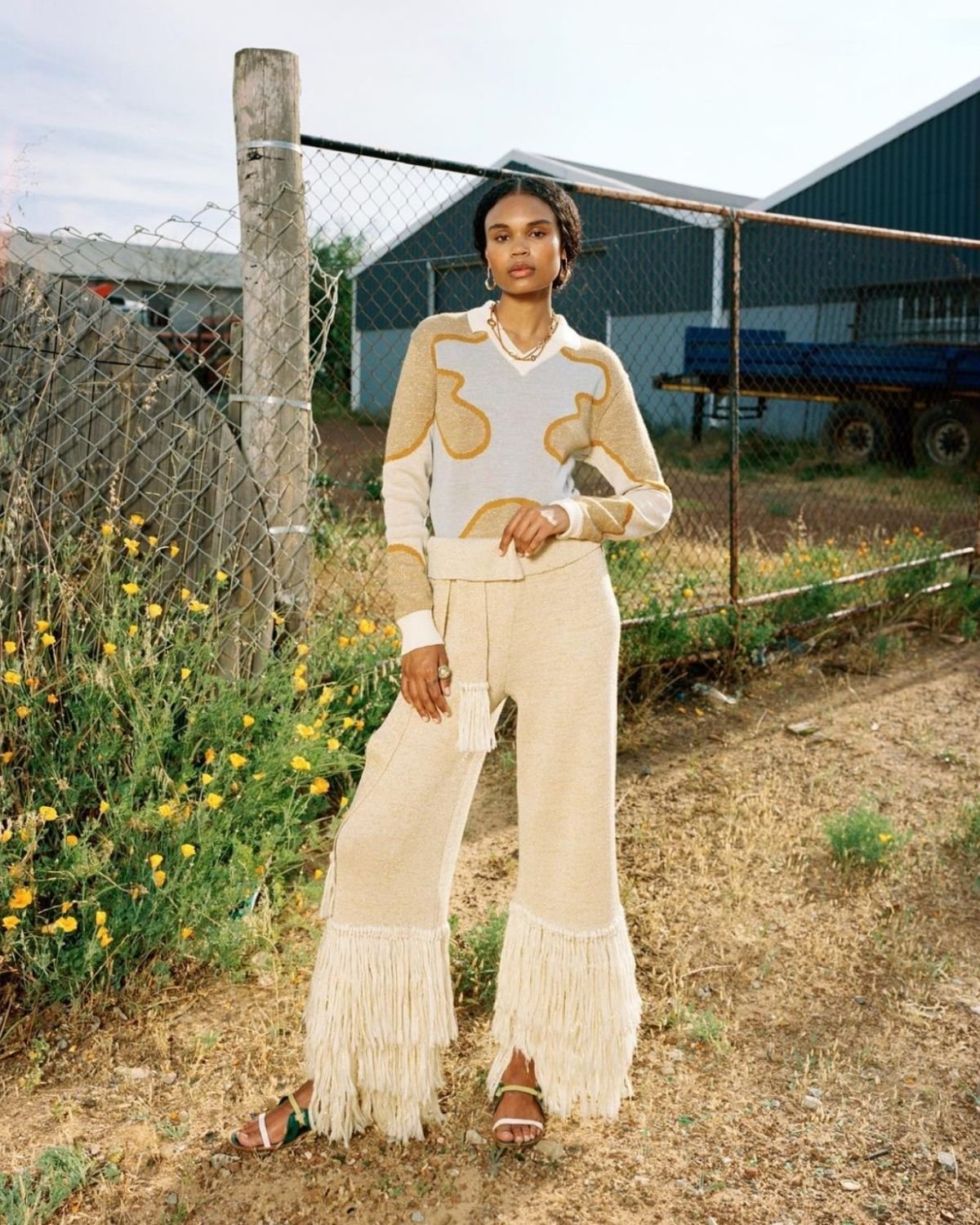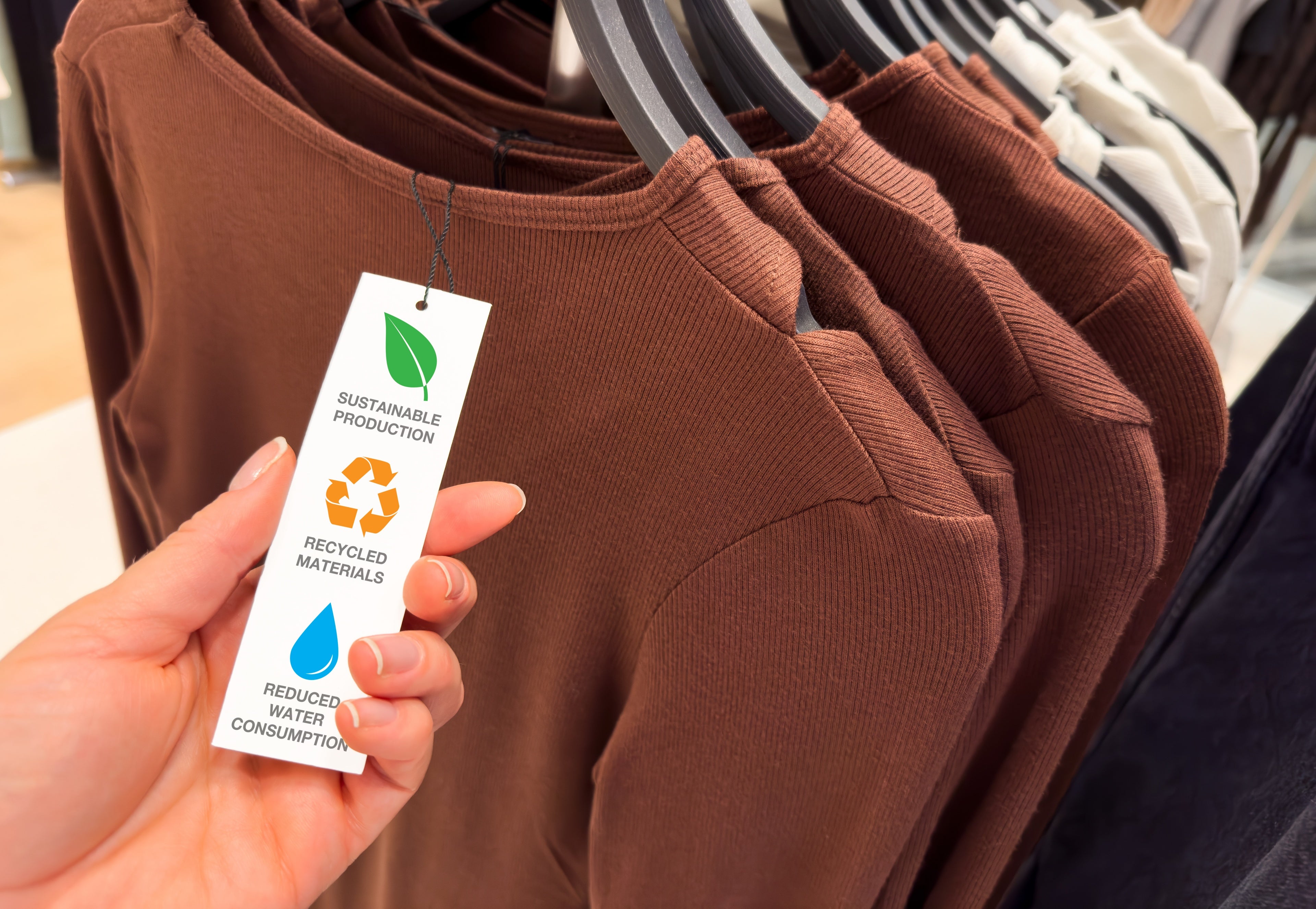Just How Cape Town Sustainable Fashion is Shaping Eco-Conscious Shopping
Just How Cape Town Sustainable Fashion is Shaping Eco-Conscious Shopping
Blog Article
Keep Ahead of the Curve by Discovering Cutting-edge Style Fads
In a sector as vibrant as fashion, remaining ahead involves even more than just complying with current fads-- it demands an expedition of advancement. The merging of innovation and style advertises a brand-new era of customer engagement.

Accepting Smart Textiles
In recent times, the fashion business has actually witnessed a transformative change with the combination of smart fabrics, a sophisticated innovation that blends innovation with material. This evolution represents not only a combination of visual appeals and capability yet also a considerable leap towards sustainability and personalization in vogue. Smart textiles, additionally referred to as e-textiles, embed advanced electronic devices such as sensors and conductive threads within the fabric, enabling garments to connect with the wearer or the atmosphere.
These textiles are created to keep an eye on physiological specifications, such as heart rate or body temperature level, supplying real-time health and wellness analytics. Past health applications, smart fabrics are additionally being used for flexible garments, which can alter color or pattern in response to environmental stimulations, hence providing a vibrant style experience.
Furthermore, the development of energy-harvesting fabrics that generate power from activity or sunlight is paving the method for self-dependent wearable innovation. This development is interesting environmentally aware consumers and designers intending to lower the environmental footprint of style. As r & d in this area development, smart fabrics are anticipated to end up being increasingly prevalent, reshaping the landscape of modern-day fashion with their multifunctional capacities.
The Increase of 3D Printing
Changing the manufacturing landscape, 3D printing has actually become a game-changer in the garment industry. This sophisticated innovation has actually enabled developers to press the limits of imagination, creating intricate and personalized garments that were formerly inconceivable. By leveraging electronic style and additive production, 3D printing helps with the development of intricate geometries and patterns, allowing developers to trying out brand-new textures and structures.
A remarkable benefit of 3D printing in style is its capacity to produce on-demand, lessening waste and minimizing stock requirements. This performance not just enhances manufacturing procedures but likewise enables for quick prototyping, enabling designers to bring their visions to life in a shorter timeframe. Additionally, 3D printing sustains modification to a degree unmatched by conventional techniques, providing individualized fits and one-of-a-kind layouts tailored to specific customer choices.
The increase of 3D printing has likewise democratized fashion, making it accessible to emerging designers who can currently produce top notch items without substantial economic investment in typical production framework. As modern technology continues to advancement, the garment industry is poised to harness the full potential of 3D printing, discovering brand-new materials and strategies that will undoubtedly redefine how style is developed and produced.
Lasting Style Advancements
As the garment industry faces journalism requirement for ecological duty, sustainable fashion technologies have arised at the leading edge of transformative modification. The growing recognition of eco-friendly effect has sustained a shift in the direction of more eco-conscious practices and materials. read here Brands and developers are currently prioritizing sustainability, including techniques that minimize waste and minimize carbon impacts.
One considerable development is the increase of round fashion, important link which highlights recycling and upcycling to extend the lifecycle of garments. This approach not only reduces waste yet also motivates customers to adopt an extra mindful technique to garments consumption. In addition, using lasting products, such as organic cotton, hemp, and recycled polyester, has actually acquired traction. These products need less water and energy during production, substantially reducing ecological effect.
Another innovation hinges on the adoption of innovative dyeing methods that make use of natural dyes or waterless procedures, therefore minimizing the large quantities of water and chemicals typically used in fabric dyeing. Moreover, advancements in biotechnology have actually led to the creation of lab-grown natural leather and fabrics, using cruelty-free and eco-friendly alternatives to standard materials. Via these introducing efforts, the style industry is making meaningful strides in the direction of a more sustainable future.

Tech-Integrated Apparel
Tech-integrated garments stands for a revolutionary combination of style and technology, improving exactly how people interact with their clothes. This cutting-edge domain is marked by the inclusion of smart fabrics and ingrained electronic elements, enhancing both capability and visual appeal. From fitness trackers installed in sportswear to warmed jackets controlled via mobile phone applications, tech-integrated clothing provides consumers extraordinary comfort and versatility.
Pioneering brand names are driving this trend, concentrating on creating garments that react to environmental stimuli or user commands. For example, some garments can change color or pattern in response to temperature level shifts, while others include biometric sensors to keep an eye on health metrics like heart price or tension degrees. The seamless assimilation of innovation into textiles additionally includes ecological sustainability, with initiatives to develop self-cleaning textiles or garments that get used to weather, therefore decreasing the requirement for multiple layers.
Moreover, the introduction of wearable innovation is not simply limited to apparel yet includes accessories like watches and eyeglasses, additional widening the extent of tech-integrated style. As the industry remains to introduce, the potential for customization and personalization in apparel expands, supplying customers distinct, tech-enhanced style experiences that accommodate their private demands and choices.
Future of Virtual Style
Recently, the future of digital style has arised as a transformative force within the industry, leveraging developments in digital innovation to redefine just how fashion is created, experienced, and taken in. By integrating enhanced reality (AR), digital fact (VR), and 3D layout tools, developers can now craft immersive and interactive experiences that go beyond traditional style borders. Virtual style permits the production of garments that exist exclusively in electronic atmospheres, offering countless opportunities for innovation without the restrictions of physical manufacturing.
This electronic shift not just presents possibilities for innovative expression yet likewise addresses sustainability worries inherent in typical fashion methods. Cape Town Sustainable Fashion. By getting rid of the demand for physical sources, online style minimizes waste and decreases carbon footprints. Additionally, the rise of digital style straightens with the raising customer demand for one-of-a-kind and personalized experiences, as digital garments can be personalized and customized to individual blog preferences with simplicity

Final Thought
The fashion industry's future lies in the integration of sustainable techniques and ingenious innovations. Virtual fashion is poised to redefine customer interactions.
In recent years, the fashion sector has actually witnessed a transformative change with the assimilation of clever fabrics, an advanced development that mixes innovation with textile.As the fashion sector grapples with the pressing demand for environmental obligation, sustainable style technologies have actually emerged at the forefront of transformative adjustment.In current years, the future of digital style has actually emerged as a transformative force within the sector, leveraging developments in digital innovation to redefine exactly how style is created, experienced, and eaten. The rise of virtual style aligns with the enhancing consumer demand for special and personalized experiences, as digital garments can be tailored and tailored to individual choices with convenience.
The style industry's future lies in the combination of innovative innovations and sustainable methods.
Report this page